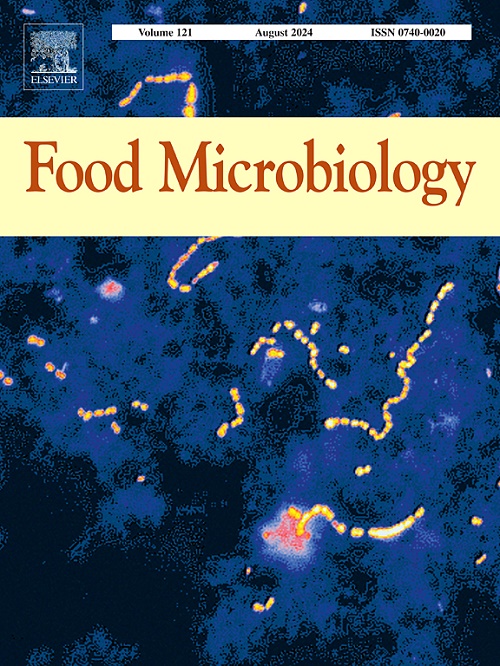Fingerprinting of Boletus bainiugan: FT-NIR spectroscopy combined with machine learning a new workflow for storage period identification
IF 4.5
1区 农林科学
Q1 BIOTECHNOLOGY & APPLIED MICROBIOLOGY
引用次数: 0
Abstract
Food authenticity and food safety issues have threatened the prosperity of the entire community. The phenomenon of selling porcini mushrooms as old mixed with new jeopardizes consumer safety. Herein, nucleoside contents and spectra of 831 Boletus bainiugan stored for 0, 1 and 2 years are comprehensively analyzed by high performance liquid chromatography (HPLC) coupled with Fourier transform near infrared (FT-NIR) spectroscopy. Guanosine and adenosine increased with storage time, and uridine has a decreasing trend. Multi-conventional machine learning and deep learning models are employed to identify the storage time of Boletus bainiugan, in which convolutional neural network (CNN) and back propagation neural network (BPNN) models have superior identification performance for distinct storage periods. The Data-driven soft independent modelling of class analogy (DD-SIMCA) model can completely differentiate between new and old samples, and partial least squares regression (PLSR) can accurately predict the three nucleoside compounds with an optimal R2 of 0.918 and an excellent residual predictive deviation (RPD) value of 3.492. This study provides a low-cost and user-friendly solution for the market to determine, in real time, storage period of Boletus bainiugan in the supply chain.
白牛菇指纹图谱:FT-NIR结合机器学习的储藏期识别新流程
食品的真实性和食品安全问题已经威胁到整个社会的繁荣。新旧混售的牛肝菌现象危害了消费者的安全。本文采用高效液相色谱(HPLC) -傅里叶变换近红外(FT-NIR)技术对831份储存0、1和2年的白牛菇的核苷含量和光谱进行了综合分析。鸟苷和腺苷随贮藏时间的延长而增加,尿苷呈下降趋势。采用多种传统机器学习和深度学习模型对白牛菇的存储时间进行识别,其中卷积神经网络(CNN)和反向传播神经网络(BPNN)模型对不同的存储时间具有较好的识别性能。数据驱动的类类比软独立建模(DD-SIMCA)模型能够完全区分新旧样品,偏最小二乘回归(PLSR)能够准确预测3种核苷类化合物,最优R2为0.918,残余预测偏差(RPD)值为3.492。本研究为市场实时确定白牛菇在供应链中的储存期提供了一种低成本、人性化的解决方案。
本文章由计算机程序翻译,如有差异,请以英文原文为准。
求助全文
约1分钟内获得全文
求助全文
来源期刊

Food microbiology
工程技术-生物工程与应用微生物
CiteScore
11.30
自引率
3.80%
发文量
179
审稿时长
44 days
期刊介绍:
Food Microbiology publishes original research articles, short communications, review papers, letters, news items and book reviews dealing with all aspects of the microbiology of foods. The editors aim to publish manuscripts of the highest quality which are both relevant and applicable to the broad field covered by the journal. Studies must be novel, have a clear connection to food microbiology, and be of general interest to the international community of food microbiologists. The editors make every effort to ensure rapid and fair reviews, resulting in timely publication of accepted manuscripts.
 求助内容:
求助内容: 应助结果提醒方式:
应助结果提醒方式:


